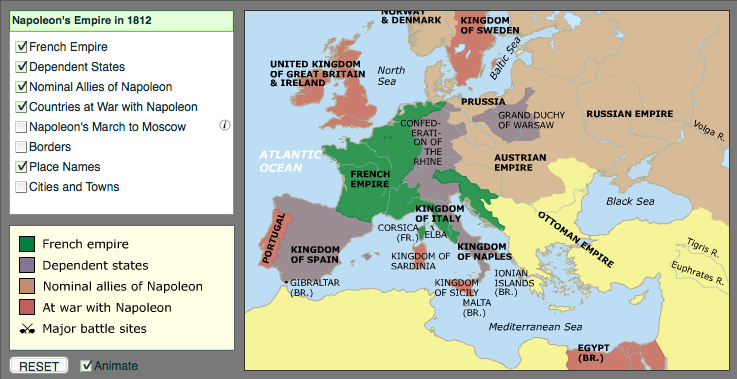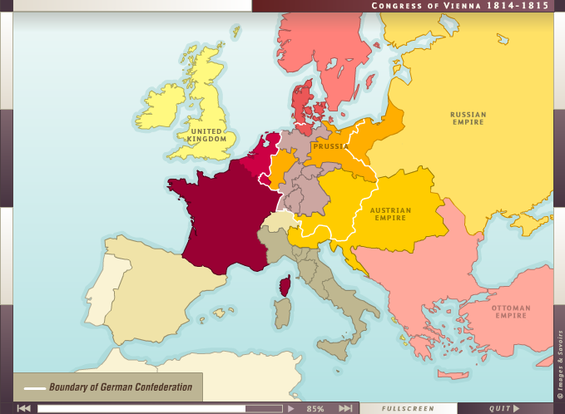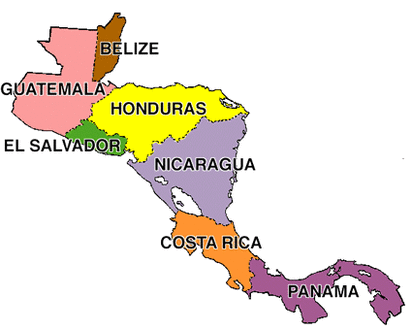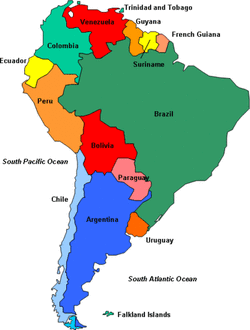Napoleon (1769-1821)
Powerpoints
The Unit 7 Powerpoint can be viewed to the right, or downloaded below. Please remember that if you lose your note packet, you can print the "Notes Version" powerpoint below and select to print "Handouts (3 slides per page)".
** This is a powerpoint from Xeiver High School Class Unit 7 Powerpoint: Class Version Unit 7 Powerpoint: Notes Version |
Multimedia
Napoleon's Military Prowess |
Napoleon's Failed Russian Campaign |
Napoleon's Final Defeat at Waterloo |
Further Investigation:
Napoleon Bonaparte (1769 – 1821)
Brief biography from the BBC.
Brief biography from the BBC.
The Story of Napoleon by H.E. Marshall
One of our favorites. A free online from the Baldwin Project.
One of our favorites. A free online from the Baldwin Project.
Timeline
From ThinkQuest.
From ThinkQuest.
Map: Corsica
Helpful maps of Corsica, the place of Napoleon’s birth.
Helpful maps of Corsica, the place of Napoleon’s birth.
Europe in 1800
Historical map.
Historical map.
How Napoleon Crossed the Alps
Very simple telling from Fifty Famous Stories Retold by James Baldwin. From the Baldwin Project.
Very simple telling from Fifty Famous Stories Retold by James Baldwin. From the Baldwin Project.
Capitalization Worksheets
Using the story of Napoleon crossing the Alps.
Using the story of Napoleon crossing the Alps.
The Louisiana Purchase
Napoleon sold the territory to the Americans in 1803.
Napoleon sold the territory to the Americans in 1803.
The Civil Code
Full text of the Napoleonic Code.
Full text of the Napoleonic Code.
Waterloo
You can read about his event in this chapter from Alfred J. Church’s Stories From English History, Part Third. From the Baldwin Project.
You can read about his event in this chapter from Alfred J. Church’s Stories From English History, Part Third. From the Baldwin Project.
Battle of Waterloo
You can participate as Napoleon or Wellington, making battlefield decisions in this interactive effort from the BBC.
You can participate as Napoleon or Wellington, making battlefield decisions in this interactive effort from the BBC.
Farewell to the Old Guard
Speech given by Napoleon after his failed invasion of Russia in 1814.
Speech given by Napoleon after his failed invasion of Russia in 1814.
Map: St. Helena
The place of Napoleon’s final exile.
The place of Napoleon’s final exile.
You Are There: Napoleon Returns from Elba
From the old radio series.
From the old radio series.
Key Paintings
Various paintings of Napoleon. DiscoveryEducation.com suggests paying attention to what each painting says about how Napoleon was viewed at the time, and noticing the following features:
Various paintings of Napoleon. DiscoveryEducation.com suggests paying attention to what each painting says about how Napoleon was viewed at the time, and noticing the following features:
Napoleon’s expression
Napoleon’s body language
The setting
Napoleon’s clothing
Other people in the painting
Napoleon’s actions in the painting
Items in the painting with symbolic meaning





No comments:
Post a Comment